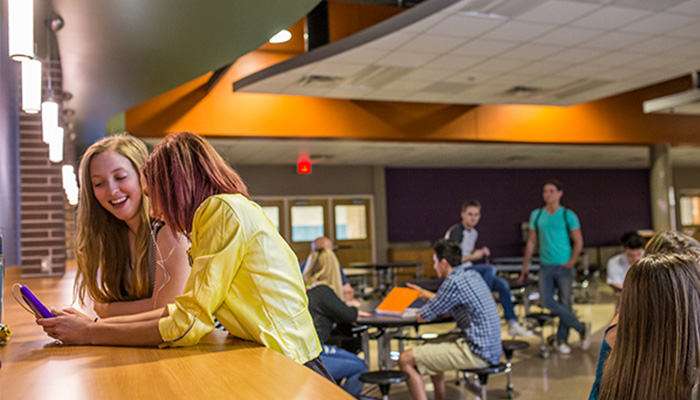Strategic Use of Color and Lighting Influences Children’s Ability to Learn
The goal of all schools is to help their students learn by creating an environment in which they can thrive. Color and lighting can help support that mission.
The goal of all schools is to help their students learn by creating an environment in which they can thrive. Color and lighting can help support that mission.

What we once referred to as “school libraries,” media centers are moving from spaces filled with large, heavy tables and walls lined with bookshelves to flexible spaces that capitalize on color and lighting. At Clear Creek Amana’s Tiffin Elementary school, the media room walls and furnishings are neutral-colored, but an accent lime green wall (one of the school’s colors). The room is one of the students’ favorite places to visit. As an activity/learning center, the bright color accent gets them engaged and excited; pairing it with the neutral walls keeps them from being overly excited.
The goal of all schools is to help their students learn by creating an environment in which they can thrive. Color and lighting can help support that mission.
The colors and lighting in classrooms have been shown to affect children’s mental health and ability to learn:
When renovating your school, there are some things to consider when choosing colors and lighting:
Read more in the Strategic Use of Color and Lighting Influences Children’s Ability to Learn newsletter: